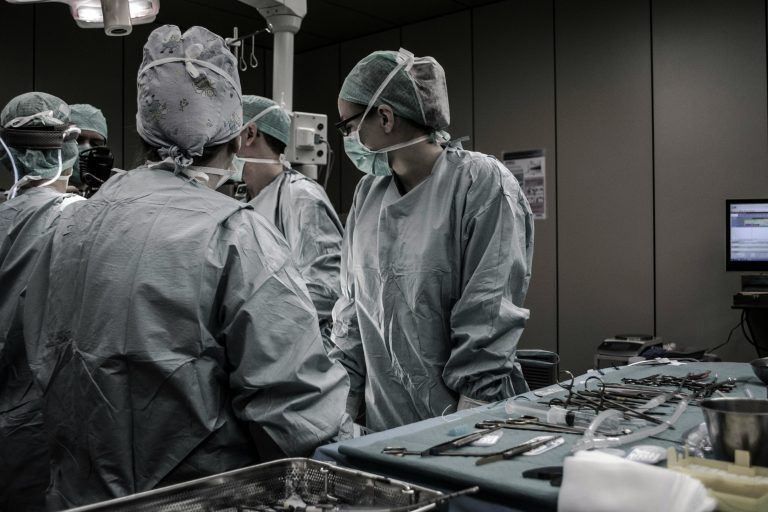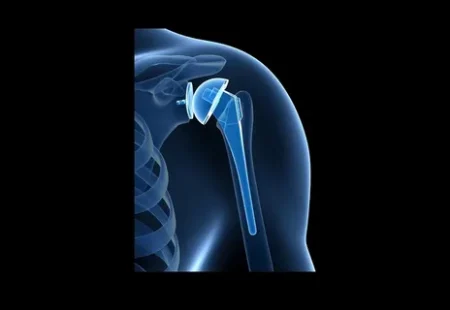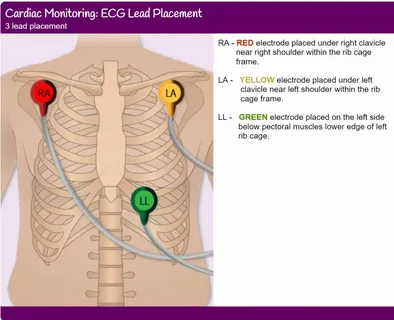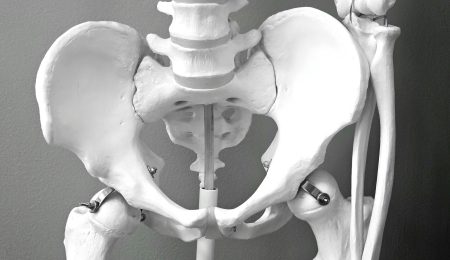Joint replacement surgeries have become some of the most effective ways to restore mobility and improve quality of life for people struggling with chronic pain. While medical technology continues to evolve, these procedures remain significant undertakings that require preparation, understanding, and realistic expectations. Hip, knee, and shoulder replacement surgeries are among the most common, each offering unique benefits and considerations. Knowing what to expect can help you make informed decisions and feel confident about your recovery journey.
Understanding Hip Replacement Surgery
Hip replacement is often recommended when arthritis, injury, or degenerative disease makes everyday movement painful and difficult. The hip is a ball-and-socket joint, and replacement typically involves removing the damaged ball and socket and replacing them with artificial components made from metal, ceramic, or durable plastic.
One of the key things to know about hip replacement is its strong track record of success. Many patients regain mobility and experience significant pain relief, often returning to activities they once avoided. Still, it’s important to recognize that healing takes time. Patients usually begin walking with assistance within a day or two after surgery, but full recovery can take several months. A focus on physical therapy is critical, as it helps strengthen the muscles around the hip and restores balance.
What to Expect with Knee Replacement
Knee replacement surgery is often recommended for patients with severe osteoarthritis, rheumatoid arthritis, or injury-related damage. The knee joint endures tremendous pressure throughout life, which is why it is among the most common joints to fail. During surgery, damaged cartilage and bone are removed and replaced with implants designed to mimic the natural movement of the knee.
Recovery from knee replacement tends to be longer and more challenging than hip replacement, largely because the knee’s range of motion and load-bearing role are complex. Patients can expect to start gentle movement exercises soon after surgery to prevent stiffness and blood clots. Physical therapy plays a central role in regaining function, and adherence to rehabilitation programs often determines how successful the outcome will be. Over time, patients typically experience less pain, better mobility, and an improved ability to enjoy daily activities.
Insights into Shoulder Replacement
While less common than hip or knee surgery, shoulder replacement is a life-changing option for people suffering from severe arthritis or irreparable rotator cuff injuries. The shoulder joint is unique because of its wide range of motion, making surgery slightly more complex.
There are different types of shoulder replacement depending on the condition of the joint and surrounding tissues. Standard replacements involve replacing the ball at the top of the humerus and the socket in the shoulder blade. In cases where the rotator cuff is badly damaged, surgeons may recommend a reverse replacement, which changes the mechanics of the joint to rely on different muscles for movement.
Patients who undergo shoulder replacement often notice substantial pain relief and improved ability to lift and move their arm. Recovery, however, involves strict attention to physical therapy and gradual strengthening. Because the shoulder is so mobile, rebuilding stability and flexibility takes consistent effort over several months.
Though each joint has its own challenges, hip, knee, and shoulder replacements share common benefits. The primary goal is to relieve chronic pain that has not responded to medication, injections, or lifestyle changes. Beyond pain relief, many patients rediscover independence—walking without assistance, climbing stairs with ease, or lifting objects without discomfort.
Another shared benefit is the improvement in mental and emotional well-being. Living with constant pain often leads to frustration, loss of confidence, and even social withdrawal. Restoring mobility not only improves physical health but also enhances mood and overall quality of life.
The Importance of Choosing the Right Care
No matter which joint is being replaced, the choice of medical team plays a huge role in the outcome. A skilled surgeon, supportive rehabilitation team, and modern medical facility all contribute to successful results. Organizations like South Shore Health emphasize a comprehensive approach, guiding patients from pre-surgical preparation through post-surgical recovery. This kind of coordinated care ensures that patients receive attention at every step, reducing complications and supporting a smoother return to daily life.
Preparing for Surgery
Preparation is another critical aspect of joint replacement. Doctors often recommend strengthening exercises before surgery to build muscle around the affected joint. Patients may also need to make changes at home, such as rearranging furniture to allow easier movement during recovery. Understanding dietary recommendations, medication management, and post-surgery restrictions helps minimize surprises once the procedure is complete.
Equally important is preparing mentally. Having realistic expectations about pain, mobility, and the timeline for recovery can reduce anxiety. Recovery is a gradual process, and patience is essential.
Life After Joint Replacement
Life after surgery doesn’t mean an immediate return to normal, but it does mean new possibilities. Most patients notice steady improvements within weeks, with milestones such as walking independently, bending more easily, or lifting the arm higher achieved over time.
Long-term, joint replacements can last 15 to 20 years or more, depending on the patient’s health, activity level, and the type of implant used. While high-impact activities may not be recommended, many patients resume hobbies such as swimming, biking, golfing, or gardening. With proper care, a replaced joint becomes an integral part of a healthier, more active life.
Final Thoughts
Hip, knee, and shoulder replacement surgeries are transformative procedures that restore mobility, reduce pain, and improve overall quality of life. Each has its own challenges and recovery timelines, but with professional care, preparation, and dedication to rehabilitation, the results can be remarkable. By understanding what these surgeries involve and the benefits they bring, patients can face the process with confidence and optimism. Joint replacement is more than a medical procedure—it’s a step toward reclaiming freedom, comfort, and a more active future.










